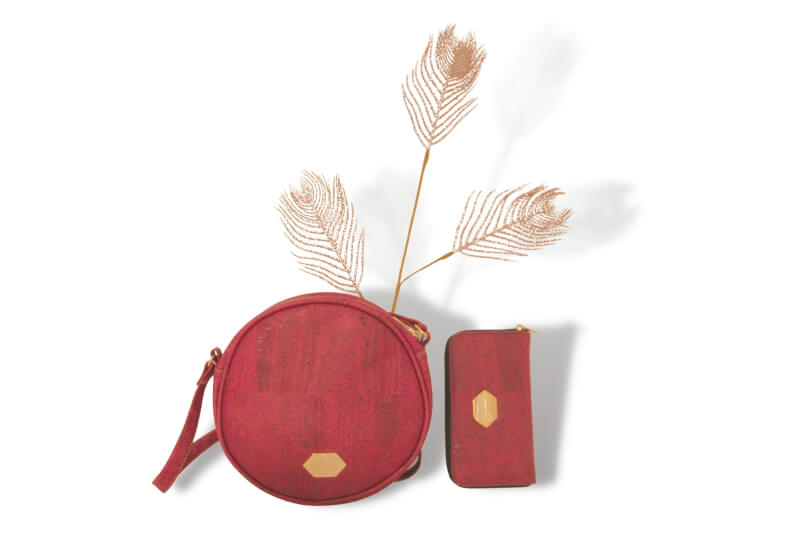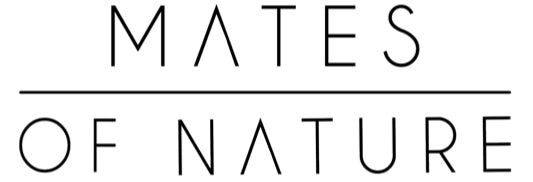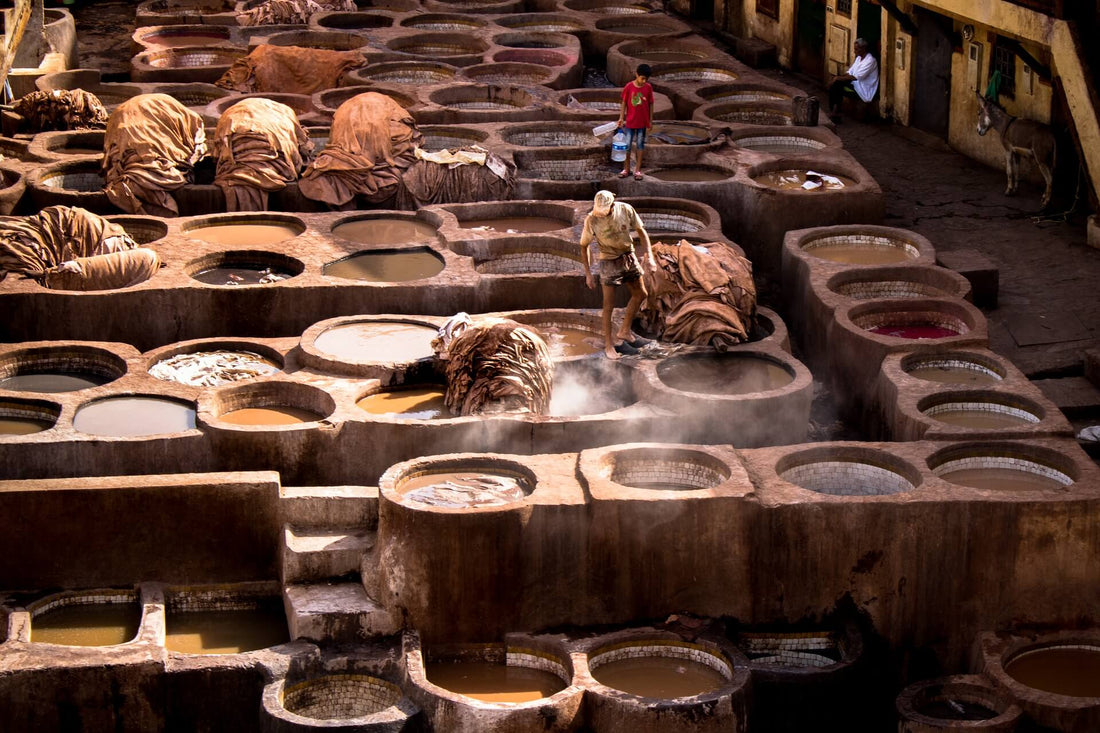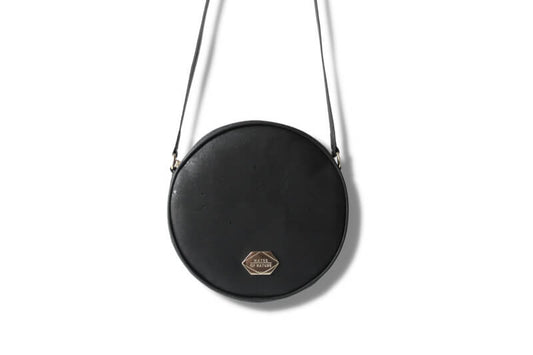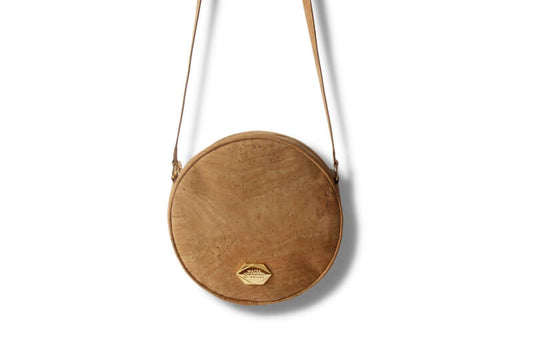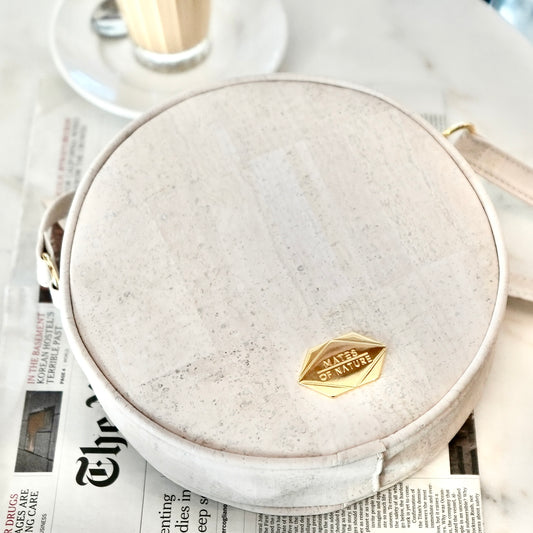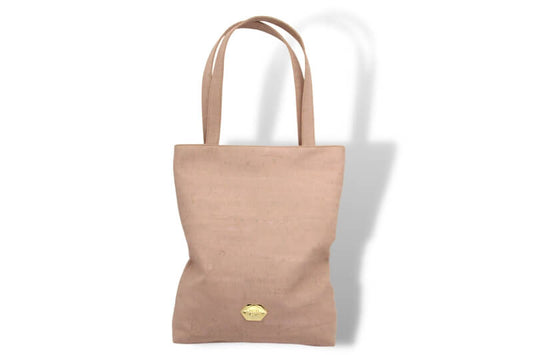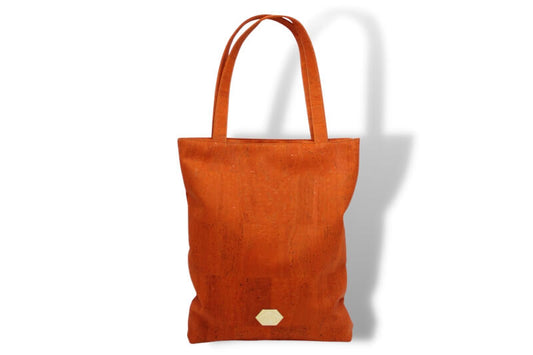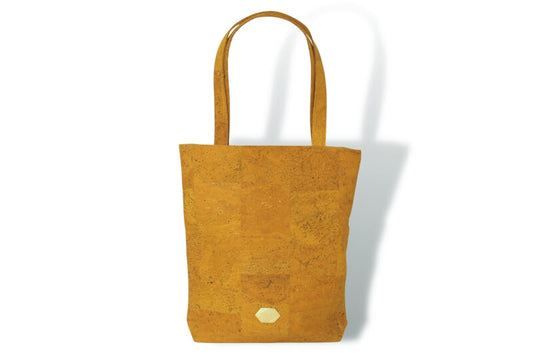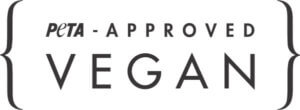Whether shoes, jackets, bags, sofas, or the interior of cars - leather is a material that is present and in demand everywhere. Around 1.8 billion square meters of leather are made from animal skins every year. But what many consumers don't know is that leather is a very controversial material. In the following article we will go into the problems in and around the leather industry.
MANUFACTURING PROCESS OF LEATHER
Before we go into the problems of leather production, let's first take a look at how leather is actually produced.
The manufacturing process, using the example of cowhide leather, is as follows.
- Extraction of raw material: skinning of the animals, slaughterhouse as supplier
- Storage: Quality control and pre-sorting, careful storage in cold rooms (e.g. preservation with common salt)
- Soaking: getting rid of dirt and table salt, reaching the original
softness - Fleshing: Residual meat tissue is separated from the skin by knife rollers
- Liming: depilation with lime and sulfur compounds, result: nakedness
- Pickling: preparation for tanning, enzymes embedded in skin to soften it
- Tanning: pelts are turned into leather by biocides and organic solvents
- Wilting: Leather is dehydrated
- Splitting and folding: For uniform thickness, unevenness is evened out or eliminated
- Finishing: neutralizing, filling, coloring, greasing, stretching out
- Drying: In a vacuum, Or in drying ovens
- Finishing: cleats, surface treatment to type of leather: nubuck, velor etc.
ENVIRONMENTAL IMPACT FROM TANNING
Leather production is a long and laborious process and tanning is one of the oldest cultural inventions. Tanning (step 7 in the process above), is one of the most important processes in leather manufacture and is also the most controversial.
The chrome tanning process is used for over 85% of the leather used. It offers the manufacturer many advantages over other types of tanning, but is also very harmful to the environment.
The tanning only takes a few hours, the resulting leather is very tear-resistant and light. The tanning agents are chromium III salts that bind the protein fibers in the animal skin and thus stabilize them. These salts accumulate in the environment, which becomes clear when examining the soil qualities in the vicinity of tanneries, which are usually highly polluted. In addition, the substance enters the environment through the waste water from production and through the disposal of leather products. Chromium occurring in water is particularly dangerous and life-threatening for fish and other microorganisms.
In addition, chromium is very difficult to recycle, but in large leather industrial countries such as China, India, Bangladesh or Brazil, it is simply disposed of in nature after use with other tanning waste such as salts, proteins, sulfides or acids. This destroys habitats for humans and animals in the long term.
DISEASES FROM LEATHER
Chromium can be toxic to humans both in the air and in water. Many workers in tanneries suffer from respiratory diseases such as asthma, bronchitis or even lung cancer. In low-wage countries, people often work without any protective clothing and stand bare-skinned in the strong chemical lye. In the vicinity of the tanneries, many people get their drinking water from contaminated rivers and groundwater sources.
Chromium variant VI is extremely toxic to humans and must therefore not be used in the tanning process. Nevertheless, residues in shoes, accessories and clothing are repeatedly found in tests, since chromium VI can form from chromium III or is present in tanning salts. These can cause allergic reactions and be carcinogenic.
There are also natural tanning agents, but the process with these tanning agents, mostly tree bark, takes a very long time, from several months to a year. The tanning process can be accelerated to a few weeks by rotating barrels. However, the end result of the naturally tanned leather variants is heavier, denser and above all stiffer than that of chemical tanning.
ANIMAL SUFFERING IN LEATHER MANUFACTURE
Apart from the environmentally harmful manufacturing process, leather is repeatedly questioned and discussed in terms of animal welfare.
In general, leather can be classified as a very critical material. Starting with the problem of animal husbandry, in which there is always talk of animal cruelty and suffering. Above all, it is important to note which leather is involved and where the leather comes from. For example, cattle only die to process their skin is a myth, since the meat of the animals is a lot more lucrative and expensive. This also applies to pigs, sheep and goats. However, from the perspective of sustainability and animal welfare, this in no way justifies poor husbandry or animal cruelty. Animal rights activists are convinced that the leather industry profitably supports and thus favors factory farming.
With exotic animals and their more expensive leather, such as crocodiles or snakes, the backgrounds look different. These animals are bred and killed in breeding operations, so-called "leather farms", only for the leather industry.
PETS IN LEATHER PRODUCTION
It was always a rumour, but PETA revealed in 2014 that street dogs and cats are also slaughtered in Asia and the skins are processed into fur and leather for the textile industry. The leader in dog leather production in countries without effective animal protection laws is China.
“With so many wholesalers importing cheap leather from China, how can you be sure that your leather gloves, purse or leather trimmings aren't made from dog skin? I ask you to think of the frightened stolen dogs who are being beaten and skinned - and cross any real leather off your shopping list."
Ingrid Newkirk, Chair / PETA
The reason for using dog leather is the price. In China, leather from these animals is cheaper than cowhide. So far, there have been no penalties for animal cruelty in China. We can only hope that the new law in China, which no longer classifies dogs as "farm animals", will spare the four-legged friends the horrible fate.
There is an import ban for dog and cat fur in the EU, but leather is not included here. Animal leather often also ends up as smuggled goods in textile circulation in Europe. Since there is no labeling requirement for leather, a genuine leather certificate is sufficient. With other textiles, on the other hand, it is mandatory to indicate on the label where they come from and which fibers were used.
Not only for these reasons, but also as a result of the increased demand, alternatives to leather are more in demand and necessary than ever. The currently common alternative is artificial leather. This is made from petroleum-based materials and is therefore obtained from a non-renewable raw material. Faux leather can therefore not be considered sustainable or environmentally friendly. But the market already offers some sustainable alternatives, including cork as an alternative to leather.
Sources & further information:
Nickl, L. (2019). Master's thesis: research on sustainable materials and concepts. Albstadt-Sigmaringen University
Bruner, Y. (2016). Sustainability of the leather industry. Sustainability in the industrial environment, (p. 52-56). Constance/Ravensburg
eco-fair. http://www.oeko-fair.de/clever-consuming/clothing-jewelry/leder/fertigung6/gerben/chromgerbung
European Parliament (2007). https://www.europarl.europa.eu/sides/getDoc.do?language=DE&type=IM-PRESS&reference=20070615IPR07883
PETA (2017). https://www.peta.de/background-knowledge-leather
PETA (2014). https://www.peta.de/chinas-hundeleder-industrie
PETA (2020). https://www.peta.de/gewinn-china-hunde-haustiere
Images: Pixabay
